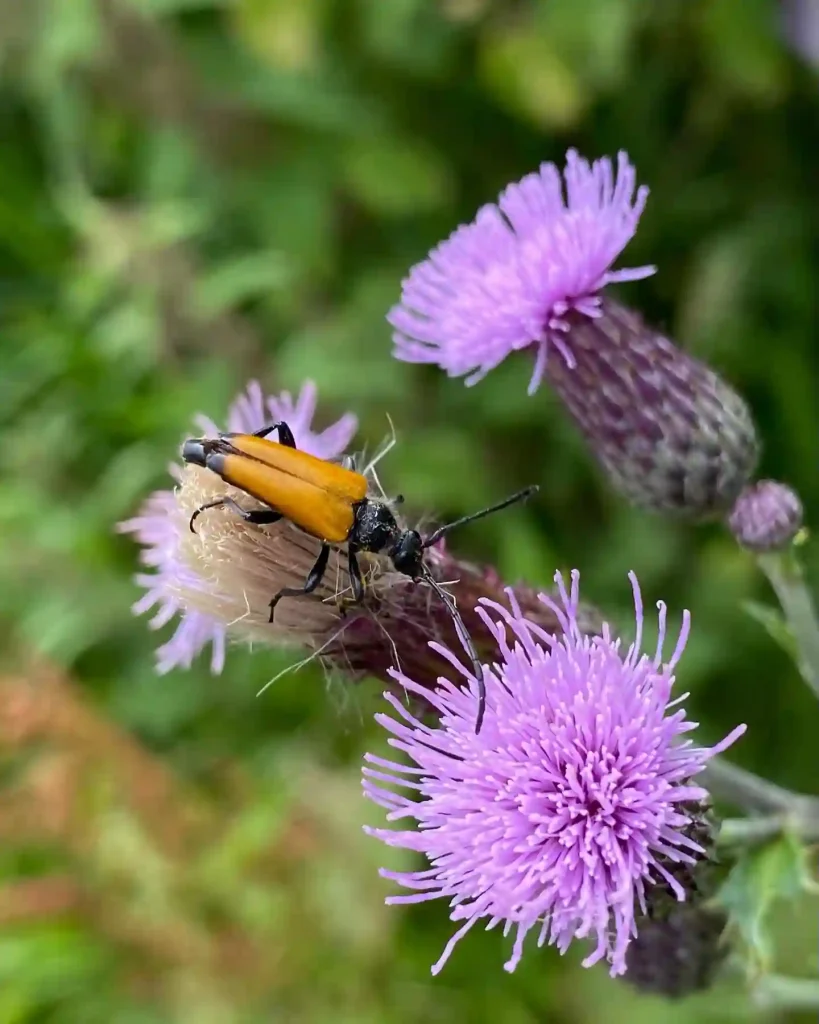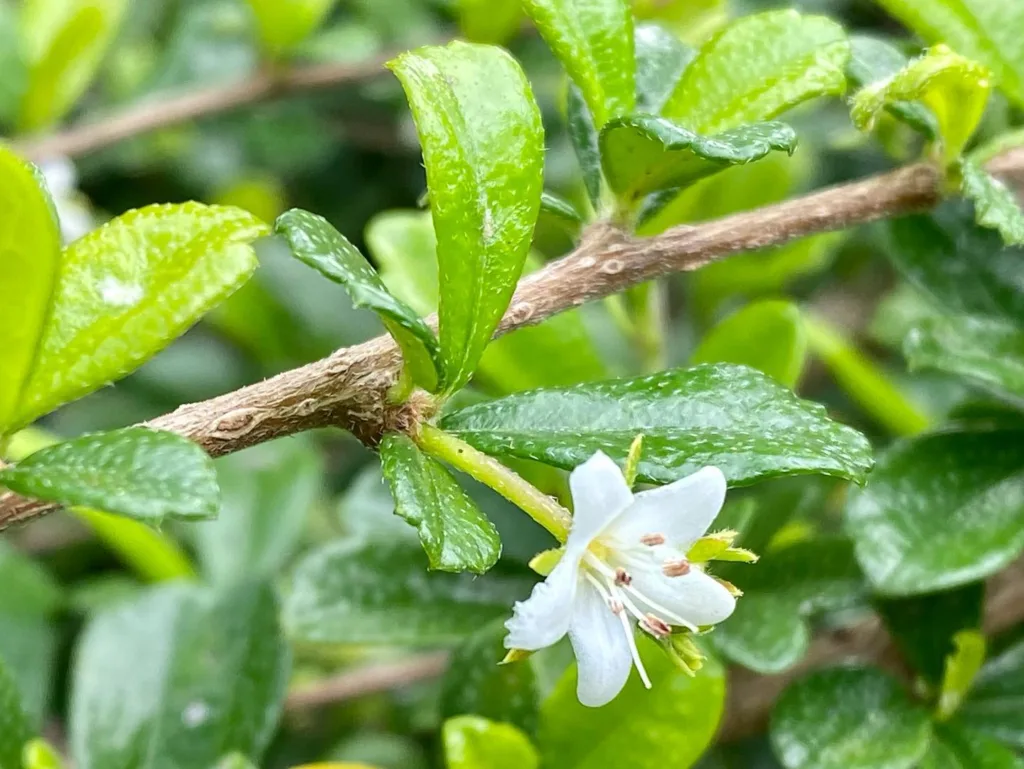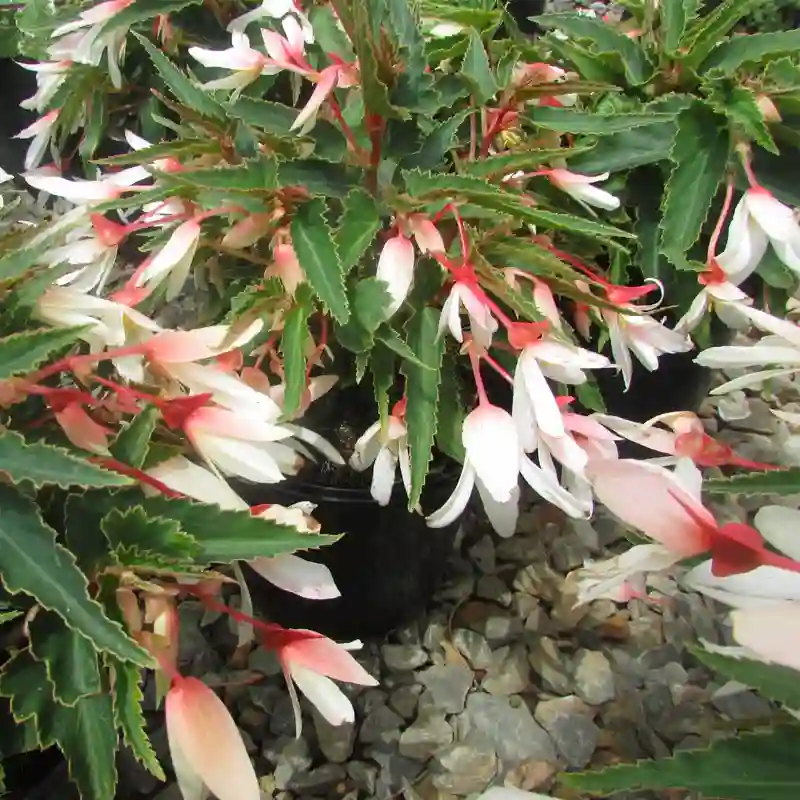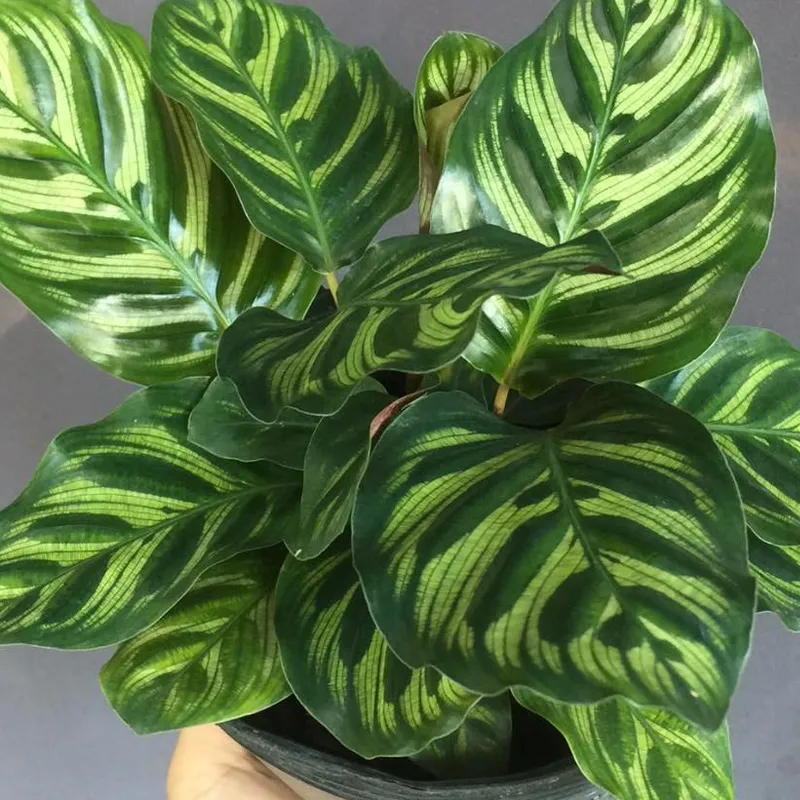FAQs about Polemonium Carneum
I’ve always found Polemonium Carneum to be a fascinating plant, both for its beauty and for the way it can thrive in a variety of garden settings. Known as the “Great Jacob’s Ladder,” this plant has a lot to offer, and I’ve received many questions about it over the years. Here are some of the most frequently asked questions about Polemonium Carneum, along with my insights based on personal experience.
40 Species in Genus Polemonium
What is Polemonium Carneum?
Polemonium Carneum is a perennial plant that belongs to the Polemoniaceae family. It’s native to the western United States, where it grows in various habitats, including woodlands, meadows, and along stream banks. The plant is known for its beautiful, delicate flowers that range in color from soft pink to pale blue. These flowers bloom in loose clusters atop slender, green stems, creating a graceful and eye-catching display in the garden.
One of the things I love most about Polemonium Carneum is its ability to blend seamlessly into both formal and informal garden settings. Whether you’re looking to add a touch of elegance to a flower bed or create a naturalistic meadow garden, this plant fits the bill.
How to Care for Polemonium Carneum?
Caring for Polemonium Carneum is relatively straightforward, making it a great choice for gardeners of all skill levels. Here are some key care tips I’ve learned through my own experiences:
- Sunlight: Polemonium Carneum prefers partial shade to full sun. In my garden, I’ve noticed that it does best in areas with morning sun and afternoon shade, especially in hotter climates.
- Soil: This plant thrives in well-drained, fertile soil. I usually add compost to the soil before planting to give it a good nutrient boost. It’s important to avoid waterlogged soil, as this can lead to root rot.
- Watering: Consistent moisture is key, especially during the growing season. I water Polemonium Carneum regularly, ensuring the soil stays moist but not soggy.
- Pruning: Deadheading spent flowers encourages more blooms and keeps the plant looking tidy. I usually prune mine back in late summer after the main flowering period to encourage fresh growth.
- Fertilization: While it’s not necessary to fertilize Polemonium Carneum heavily, I do give it a light feeding with a balanced fertilizer in early spring to support its growth.
How to Propagate Polemonium Carneum?
Propagating Polemonium Carneum is relatively easy, and there are a couple of methods you can use:
- Division: This is my preferred method. In early spring or fall, I carefully dig up a mature plant and divide the root clumps. Each division should have several shoots and a good portion of the root system. After dividing, I replant them immediately in prepared soil.
- Seeds: You can also grow Polemonium Carneum from seed. I’ve had success with both direct sowing in the garden and starting seeds indoors. If you’re sowing directly, do it in the fall or early spring. If starting indoors, I usually do this about 6-8 weeks before the last frost date, and then transplant the seedlings after the danger of frost has passed.
What to Plant with Polemonium Carneum?
When it comes to companion planting, Polemonium Carneum pairs well with a variety of plants. In my garden, I like to plant it alongside:
- Ferns: The soft, feathery foliage of ferns complements the delicate flowers of Polemonium Carneum beautifully.
- Hostas: The bold leaves of Hostas create a striking contrast with the airy form of Polemonium Carneum.
- Aquilegia (Columbine): These two share similar growing conditions, and their flowers bloom around the same time, creating a lovely display.
Is Polemonium Carneum Toxic?
One of the common concerns gardeners have is whether Polemonium Carneum is toxic to pets or humans. Based on my research and experience, Polemonium Carneum is considered non-toxic, making it a safe choice for gardens where children and pets might be present. However, it’s always a good idea to supervise young children and pets around any garden plants to prevent any accidental ingestion.
What Are the Benefits of Polemonium Carneum?
Polemonium Carneum offers several benefits that make it a valuable addition to any garden:
- Pollinator-friendly: The flowers attract bees, butterflies, and other pollinators, which is a huge plus if you’re looking to create a wildlife-friendly garden.
- Versatile: This plant is highly adaptable and can thrive in a range of conditions, from shaded woodland areas to more open, sunny spots.
- Low Maintenance: Once established, Polemonium Carneum is relatively low maintenance, requiring only regular watering and occasional pruning.
Common Problems with Polemonium Carneum
While Polemonium Carneum is generally a hardy and trouble-free plant, there are a few common issues to watch out for:
- Powdery Mildew: This fungal disease can affect the leaves, especially in humid conditions. I’ve found that ensuring good air circulation around the plants helps prevent this problem. If mildew does appear, removing affected leaves and applying a fungicide can help control it.
- Slugs and Snails: These pests can be attracted to the plant, particularly in damp, shady areas. I usually deal with them by using organic slug pellets or setting up beer traps around the garden.
Comparing Polemonium Carneum with Other Similar Plants
Polemonium Carneum is sometimes confused with other members of the Jacob’s Ladder family, such as Polemonium Caeruleum. While both plants share similar leaf structures and growth habits, there are some key differences:
- Flower Color: Polemonium Caeruleum typically has blue flowers, while Polemonium Carneum’s flowers are pink or pale blue.
- Habitat Preference: Polemonium Carneum is more tolerant of warmer climates compared to Polemonium Caeruleum, which prefers cooler conditions.
These differences make Polemonium Carneum a better choice for my garden, which experiences hot summers.
Final Thoughts
Polemonium Carneum has become one of my favorite perennials, thanks to its elegant flowers, ease of care, and versatility in the garden. Whether you’re a seasoned gardener or just starting out, this plant is worth considering for its beauty and the benefits it brings to a garden ecosystem.
If i die, water my plants!



